A beginner’s guide to fermentation: ‘After two days it smelt distinctly cheesy, but better at least than the dead-badger smell I was expecting’
From sauerkraut and kombucha fruit leather to pickled plums and honey marmalade, the art of fermentation is one well worth learning, advocates lifelong forager John Wright.
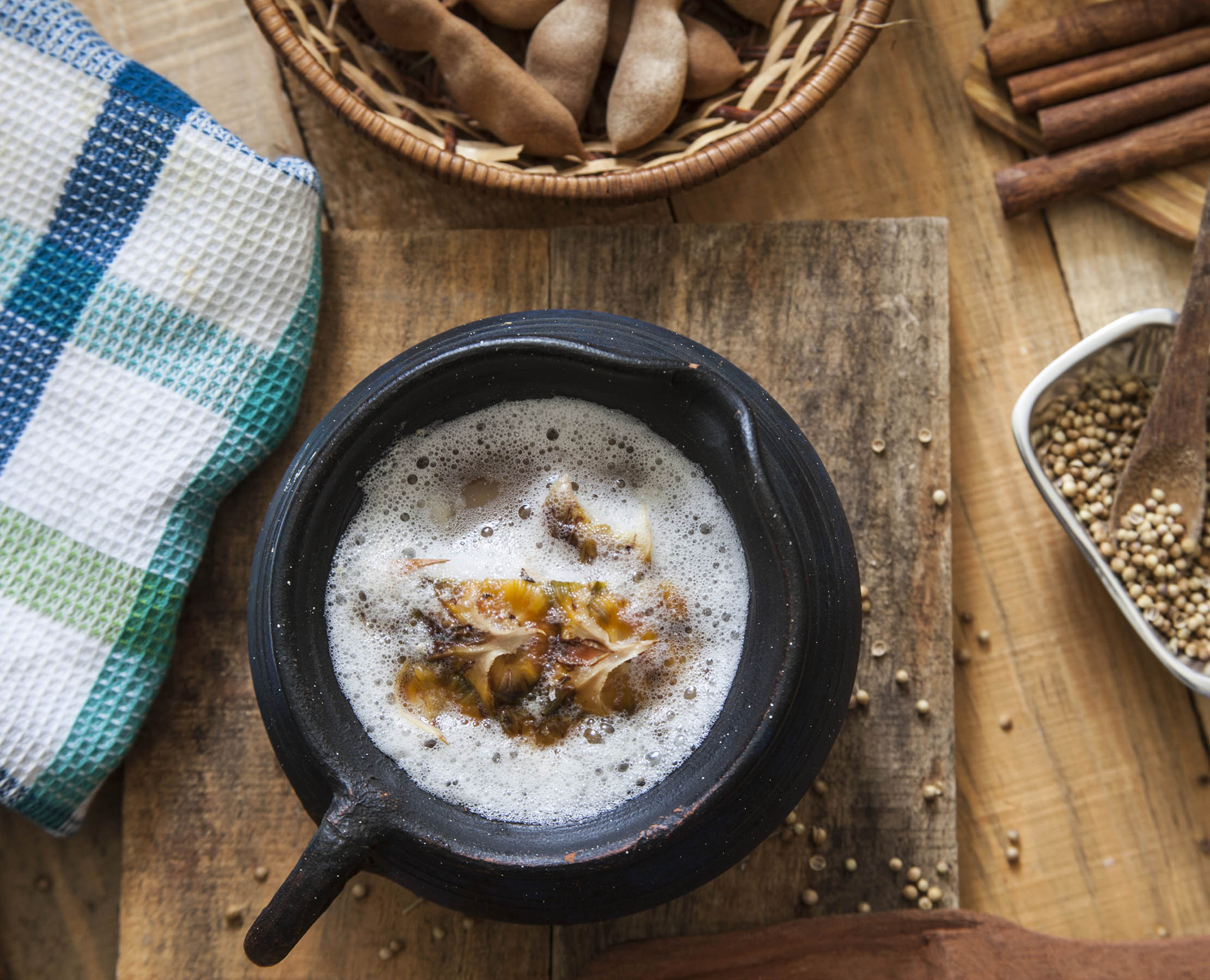

I have long paddled in the shallower waters of fermentation, making beer, homemade wines of variable drinkability, real ginger beer, yoghurt and blackberry vinegar, but the deeper waters of kombucha, jun, kefir, sauerkraut and half a dozen other exotica were places I never dared enter. These latter all seemed to possess a strong element of witchcraft and gifts of various concoctions from enthusiastic friends had not made a favourable impression.
Diffident as I was, I never attempted to replicate their offerings. Until now.
My friend Rachel de Thample had sent me an early copy of her Fermentation: River Cottage Handbook No 18 and invited me to view her collection of ‘Lizard’s legs, and howlet’s wings’. After hearing what she had to say and seeing and tasting what she had made, I returned with a few jars of festering ‘starters’ to try it for myself.
Attempt 1 — Kombucha and kefir: ‘It’s started fizzing furiuously, and tastes overwhelmingly of butter’
Together with the excitement of embarking on a fresh project, I experienced anew the sense of responsibility I had felt years ago, when a friend sent me some of his precious ginger-beer ‘plant’ or ‘starter’. It thrived under my close attentions for several weeks and then, after a fit of care-fatigue on my part, it died. I asked him if he could send me another one, but he refused — rather rudely, I thought. It was as if I had agreed to feed his guinea pigs for two weeks when he was away and forgotten to do so.
That ginger-beer ‘plant’ was no plant, of course. It was, instead, a bizarre congregation of micro-organisms — both yeasts and bacteria — that ferment the sugar into a variety of organic compounds. In the case of ginger beer and kefir, it comes in the form of small, whitish rubbery granules; with kombucha, it’s a solid lump of rubber, although the one Rachel gave me looked like an opened oyster that had been left in the sun for a day or two. These congregations (more properly ‘consortia’) are types of ‘biofilm’, in these cases a ‘symbiotic culture of bacteria and yeast’ known by the homely acronym of ‘scoby’. The rubbery nature of scoby is due to a mat of cellulose produced by the bacteria.
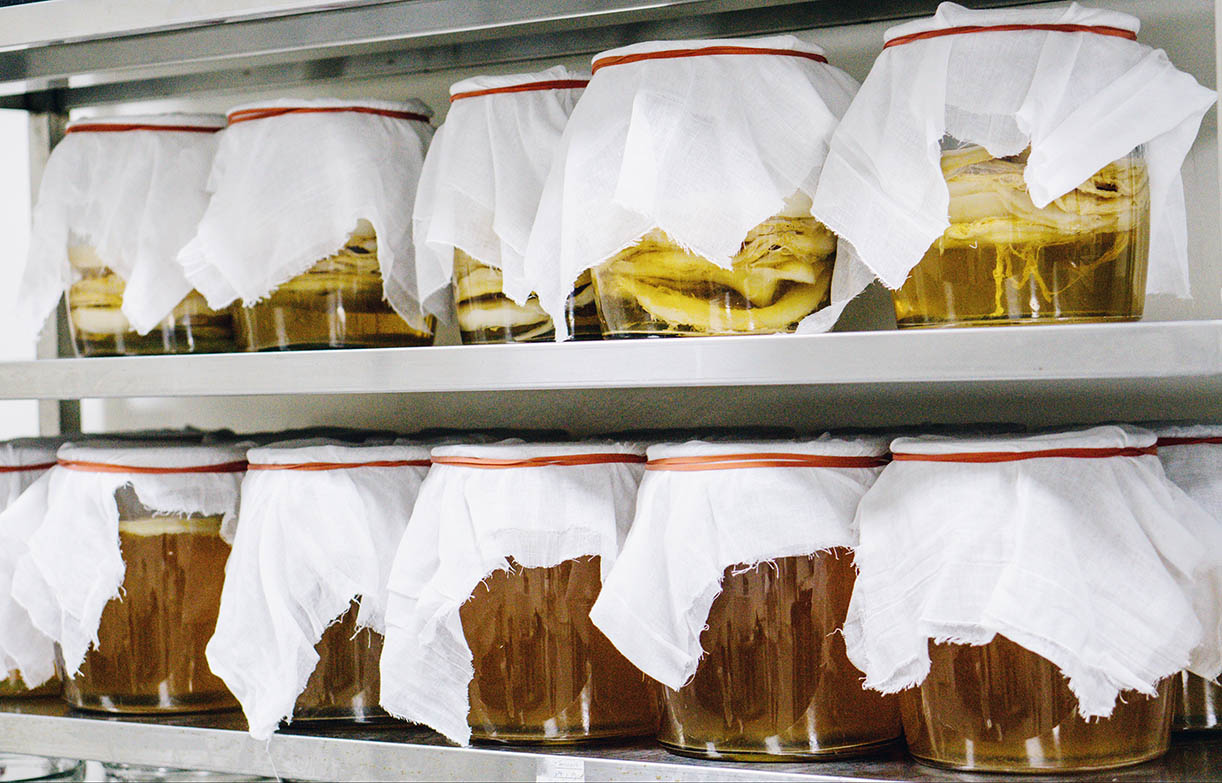
Biofilms abound in the natural world, with large structures such as the layered mats of cyanobacteria known as ‘stromatolites’, the layer of helpful bacteria that encompasses plant roots known as the ‘rhizosphere’ and (you will not thank me for this) dental plaque.
The upshot is that you make a sugar solution flavoured with ginger for the beer or tea for kombucha, add the appropriate scoby and a little of a previous batch, cover the jar with a muslin cloth (to let in air, but not flies) and leave it to ferment. If you strain and bottle it when it still contains sugar, it will be fizzy. The yeasts produce alcohol, which is mostly converted to lactic and acetic acids by the bacteria, and endless flavour chemicals are also created.
Exquisite houses, the beauty of Nature, and how to get the most from your life, straight to your inbox.
During the process, another scoby will form as a disc on top of kombucha and the one you added as a starter will have grown. You now face the anxiety of dealing with this nascent population explosion. I have called on friends to adopt one, but without success.
Most will know what ginger beer tastes like, but what of kombucha? Well, it does have some interesting and complex flavours, but is too vinegary for my unrefined palate. Nevertheless, I console myself with the fact that it is very good for my gut microbiome and drink it anyway.
At the moment, I have a water kefir on the go. This sat sullenly for a few days, but has now started fizzing furiously. Unfortunately, it tastes overwhelmingly of butter, indicating that diacetyl has been produced — a problem I have encountered in making wine. With luck, my attempt to aerate it with a whisk will solve the problem. Things do go wrong, but these are robust organisms and recovery is usually possible.
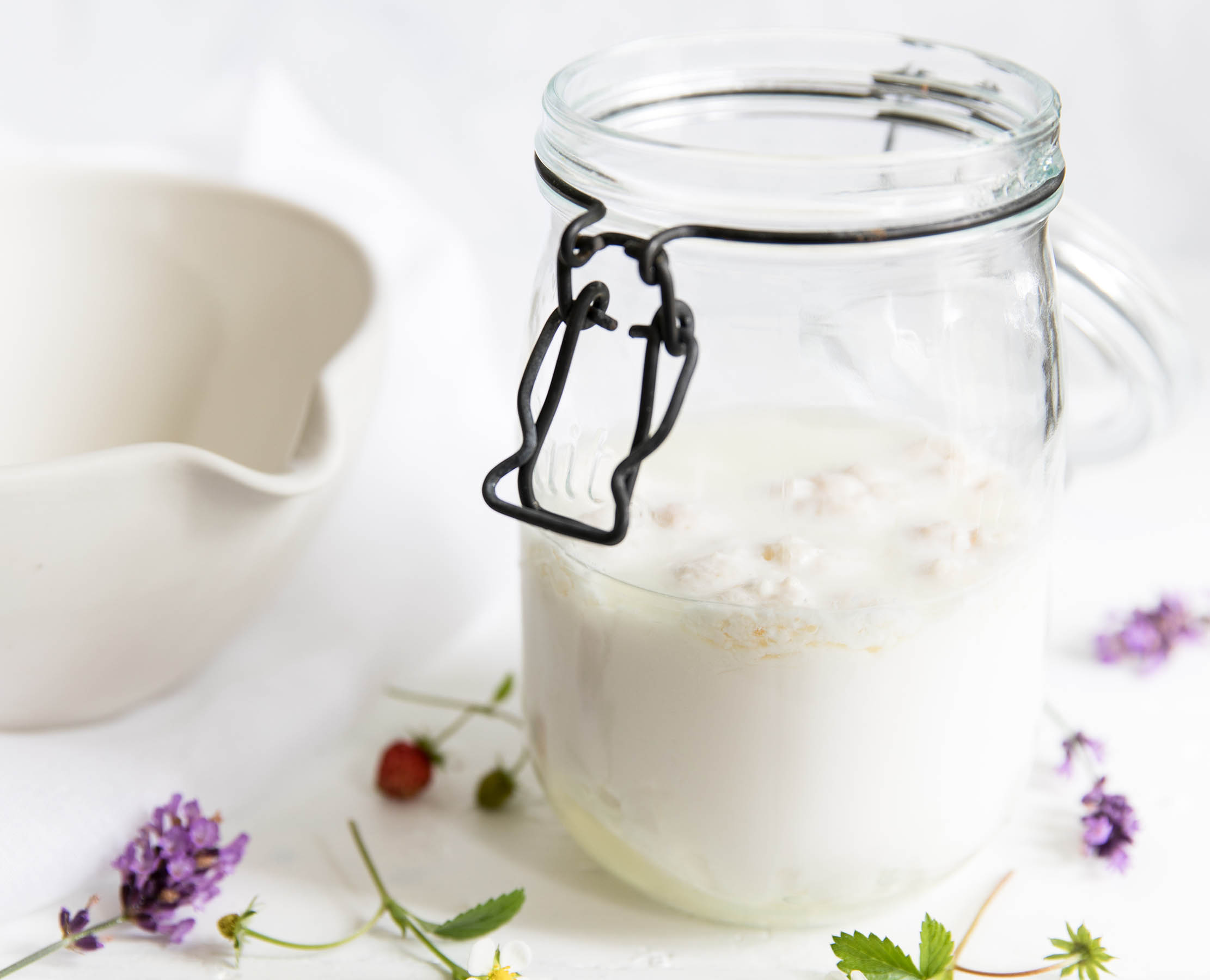
Attempt 2 — Sauerkraut: ‘The brine appeared miraculously during the energetic squeezing’
One of my great successes, courtesy of Rachel’s tuition, is sauerkraut. I finely shredded a cabbage and sprinkled it with 2% salt. This was meant to produce enough brine (by osmosis) to cover the cabbage once it was pressed into the Kilner jar, but, after the required salting time, it was barely wet. However, the brine appeared miraculously during the energetic squeezing of the vast amount of cabbage into my small Kilner jar.
Sauerkraut requires no starter, relying instead on the lactic-acid bacteria that exist on the cabbage, the small amount of salt used allowing these bacteria species to predominate. It is now two weeks old and already a pleasant revelation in that it is, despite my forebodings, unmistakably sauerkraut.
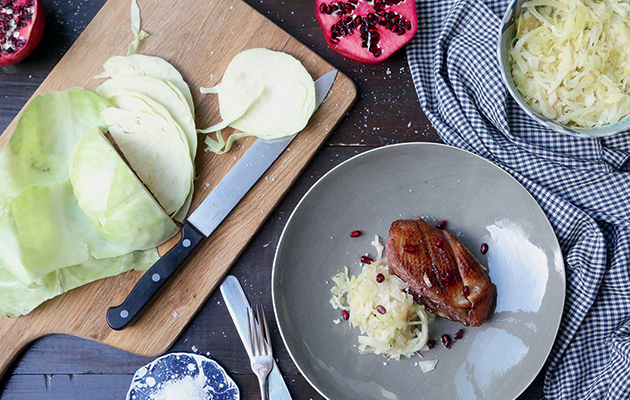
Attempt 3 — Sourdough: ‘It appears to be impervious to heat. The texture is that of Kevlar, so it is bullet-proof, too’
Rachel is endlessly inventive with her recipes: kombucha fruit leather, pickled plums, fermented wild mushrooms, fermented honey marmalade and dozens more, covering every fermentation method.
The one I was truly dreading, however, was sourdough. It was not the sour taste of the bread, nor facing the long process involved that I feared, it was the culture that seems to surround it. In the foodie circles within which I sometimes rotate, making sourdough is a must. Anyone who has not made it is treated with a degree of pity and looked down upon as unworthy. Well, they won’t be looking down on me anymore — I will be looking down on others. ‘Really? You’ve never made sourdough? How quaint.’
I will not bore you with the entire process, but I do advise you to set aside a week to make it. To be honest, only the final day requires your undivided attention. My final day ended up being two final days because I got the timings wrong, so do pay close attention to the recipe and mark off the stages as you go. I made my own starter using 50g each of water and bread flour mixed together, covered with muslin and left for a day. The next day, I stirred in the same amounts and continued to do this for a few days more.
The idea here is that lactic-acid bacteria and yeasts that are present in the flour and air will ferment in the moist conditions.
It should smell slightly alcoholic and yeasty, but mine smelled distinctly cheesy after two days, which was, at least, better than the dead-badger smell I was expecting. Fortunately, the good guys of the microbial world seized the upper hand and it was much sweeter by the following day.
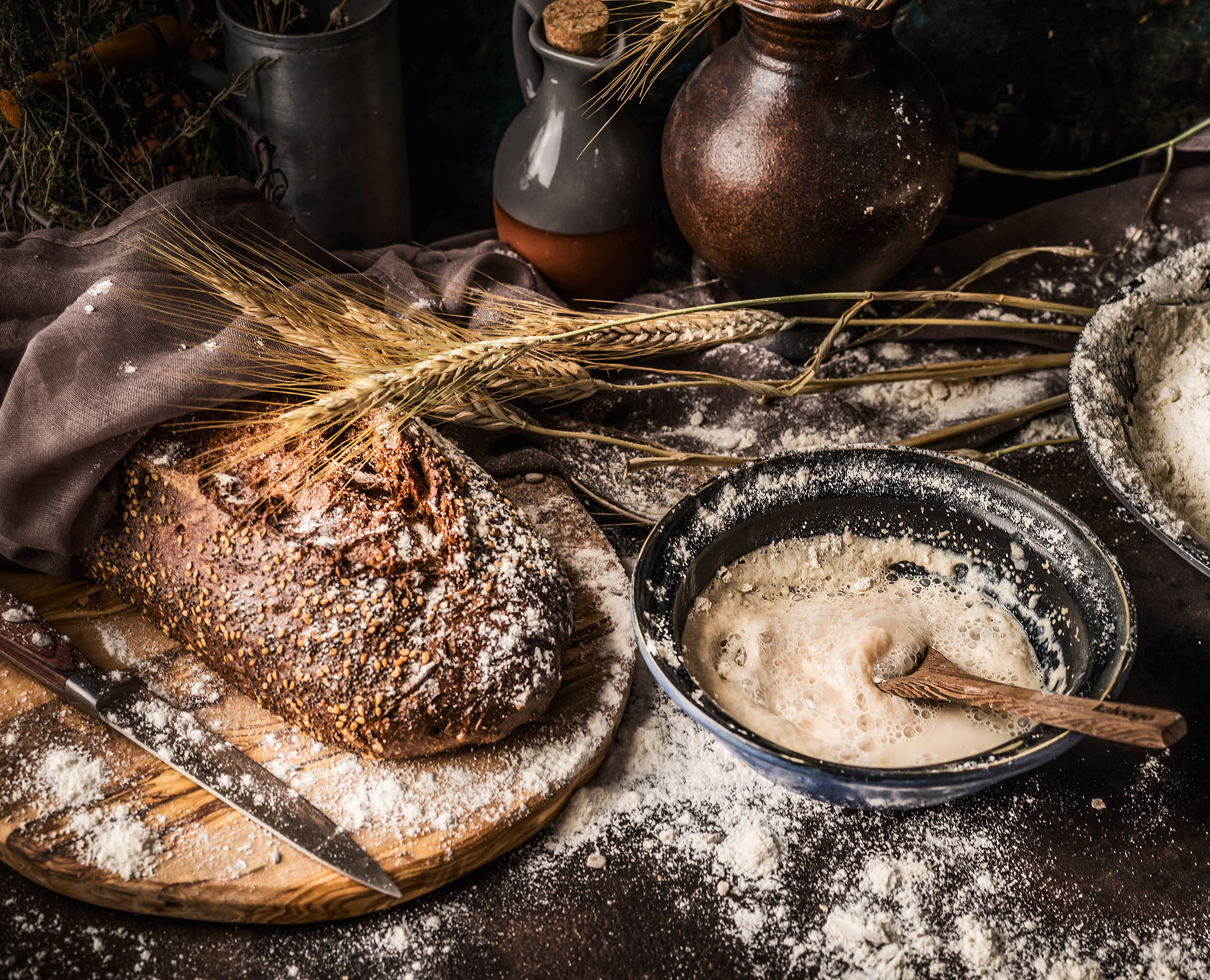
Once my starter was mature, there were hours of adding flour, folding, proving and then baking. Eventually, a near-perfect loaf was born, looking and tasting exactly like the stuff you get in smart restaurants. I enjoyed sardines on sourdough toast and had some with my tomato soup. It is very nice toasted, but takes twice as long as usual, as it appears to be impervious to heat. The texture is that of Kevlar, so it is bullet-proof, too. Still, I liked it — even the sourness — and am very proud.
The Future
I shall continue my explorations of fermentation armed with a renewed enthusiasm. I asked Rachel if you could use a scoby to make sourdough bread. She said that you could, leaving me with the joyous prospect of making scoby dough.
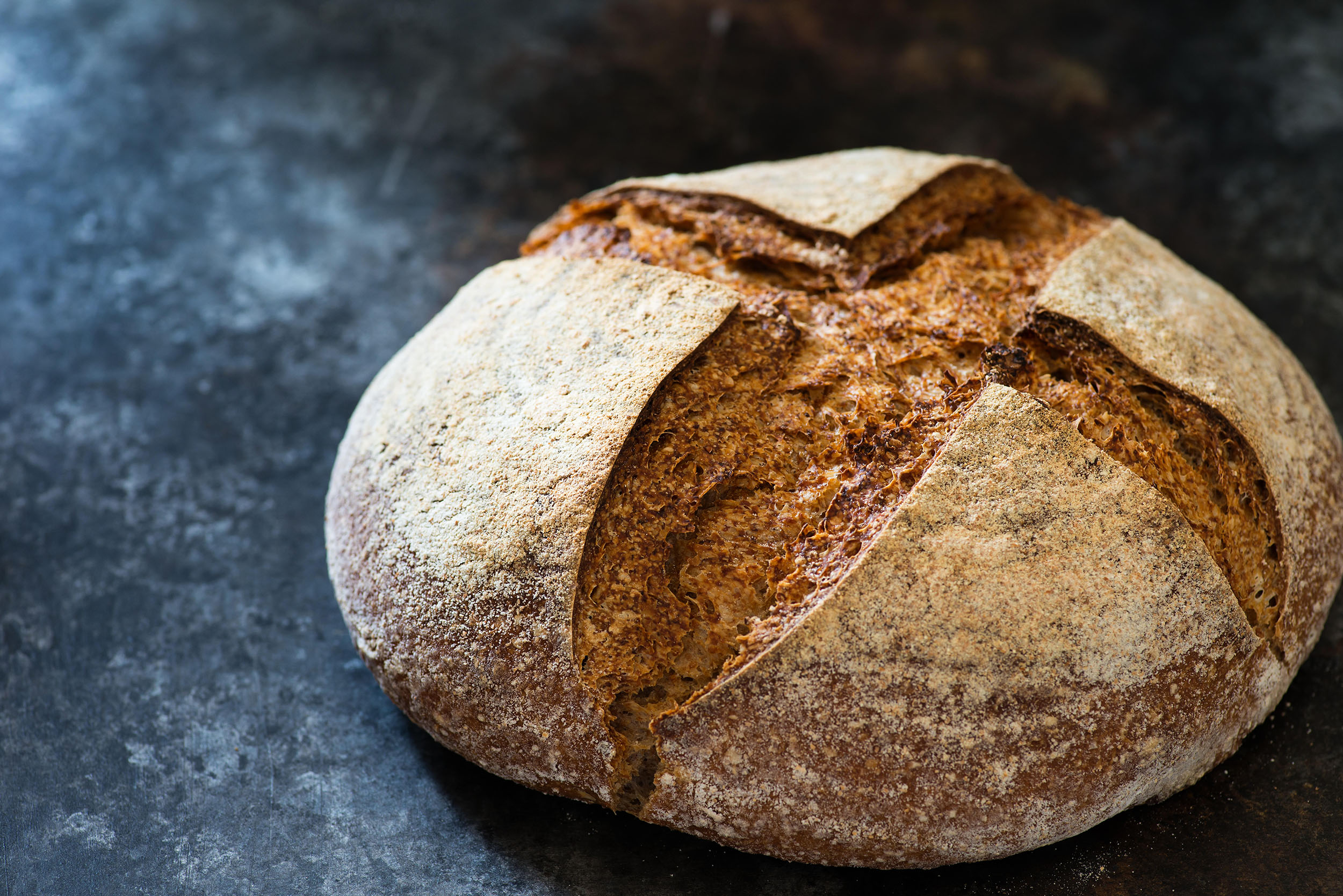
Credit: Alamy
Andrew Whitley’s sourdough bread recipe
Elisabeth Luard chooses Andrew Whitley’s sourdough bread as one of her greatest recipes ever
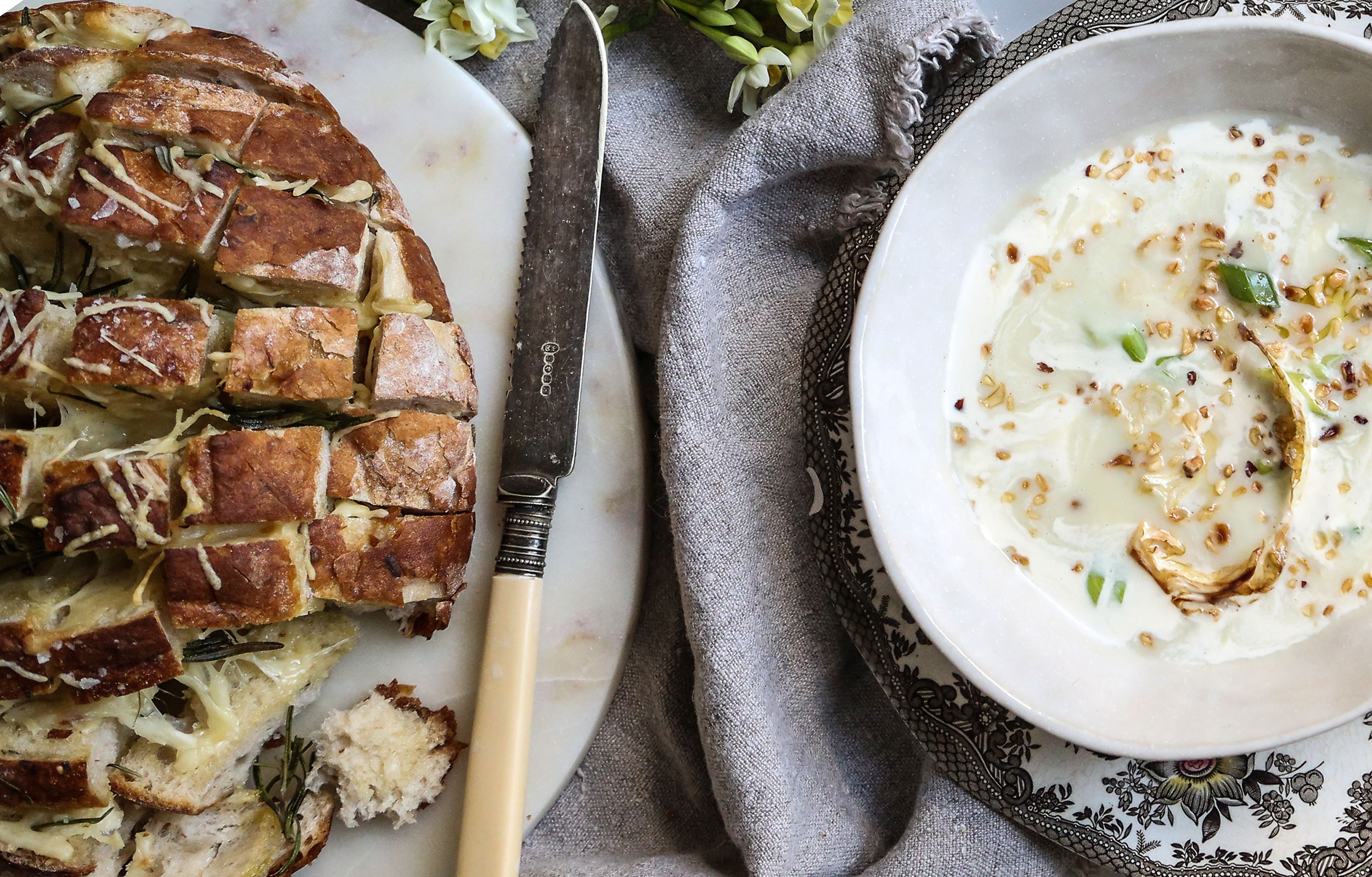
How to make three-cheese sourdough bread and a perfect winter-warmer soup to go with it
We'll leave it up to you to decide whether the soup or the sourdough is the star of the show
Country Life is unlike any other magazine: the only glossy weekly on the newsstand and the only magazine that has been guest-edited by His Majesty The King not once, but twice. It is a celebration of modern rural life and all its diverse joys and pleasures — that was first published in Queen Victoria's Diamond Jubilee year. Our eclectic mixture of witty and informative content — from the most up-to-date property news and commentary and a coveted glimpse inside some of the UK's best houses and gardens, to gardening, the arts and interior design, written by experts in their field — still cannot be found in print or online, anywhere else.
-
 'Good news, let’s make the £20 million deal happen': The Mansion Tax that turned out to be 'the least worst outcome for prime property', and the places that will be hit
'Good news, let’s make the £20 million deal happen': The Mansion Tax that turned out to be 'the least worst outcome for prime property', and the places that will be hitWhere in Britain are the £2 million homes set to be hit by the Mansion Tax? Anna White takes a look.
-
 A very taxing quiz indeed: Country Life Quiz of the Day, November 26, 2025
A very taxing quiz indeed: Country Life Quiz of the Day, November 26, 2025Test your general knowledge in today's Quiz of the Day.
-
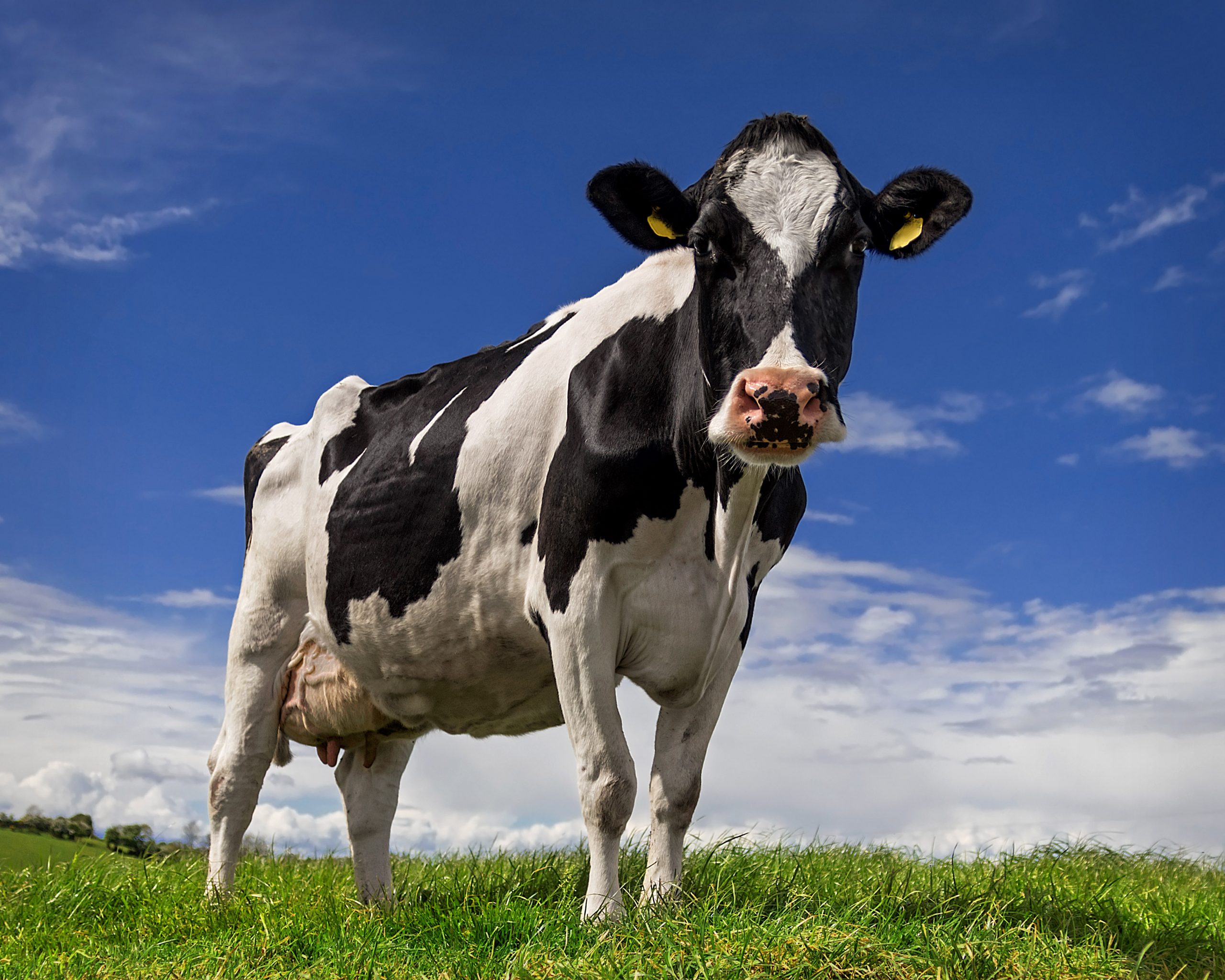 'The Swiss Army Knife of foods': Untangling the truth and lies around milk
'The Swiss Army Knife of foods': Untangling the truth and lies around milkMilk's reputation has seen plenty of ups and downs in recent years, but the farmer, chef and writer Matthew Evans is trying to put the record straight. Scottish farmer — and regular Country Life columnist — Jamie Blackett takes a look at Evans's new book, 'Milk: The truth, the lies and the unbelievable story of the original superfood'.
-
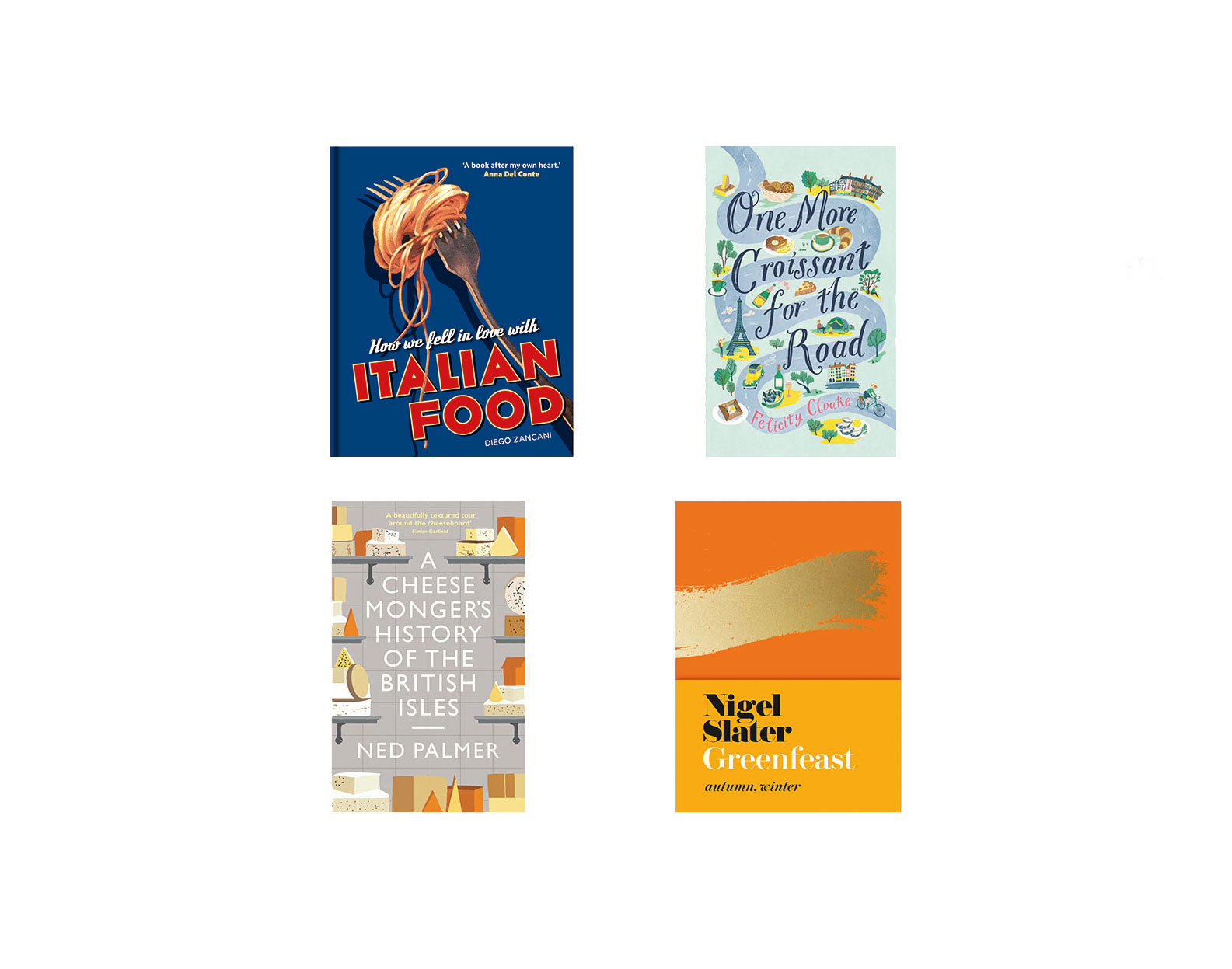 Nine books about cooking that make perfect Christmas gifts for foodies, from Nigel Slater's latest to a book that 'deserves a Michelin star'
Nine books about cooking that make perfect Christmas gifts for foodies, from Nigel Slater's latest to a book that 'deserves a Michelin star'Leslie Geddes-Brown devours the latest cookery books to hit shelves, from a study of Italian food to a tour of Britain via the medium of cheese.
-
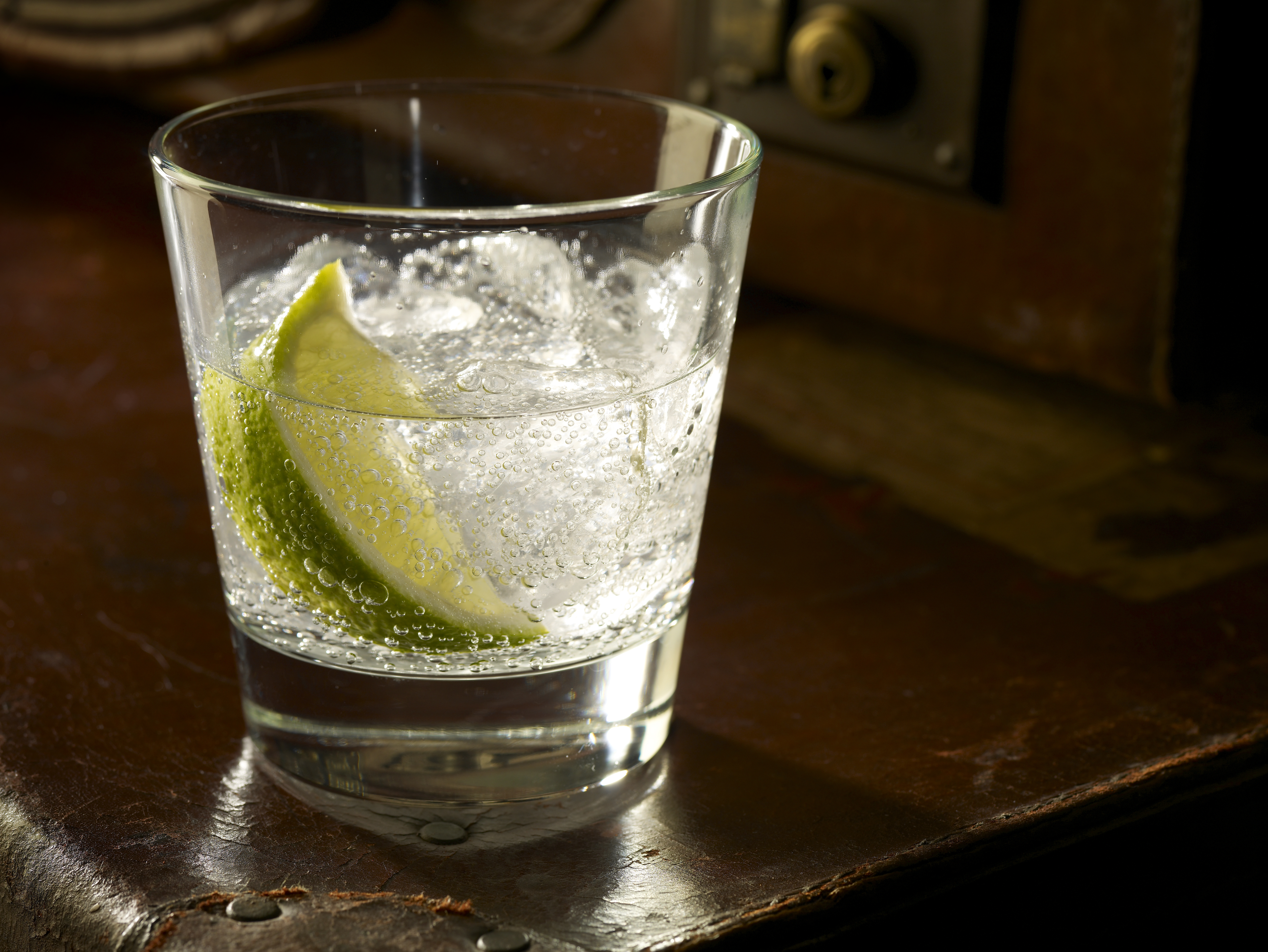 Curious Questions: Who invented the gin and tonic?
Curious Questions: Who invented the gin and tonic?Gin and tonic is arguably the greatest cocktail ever created — but who first mixed these two seemingly unlikely ingredients together? A new book seeks to tackle this curious question.
-
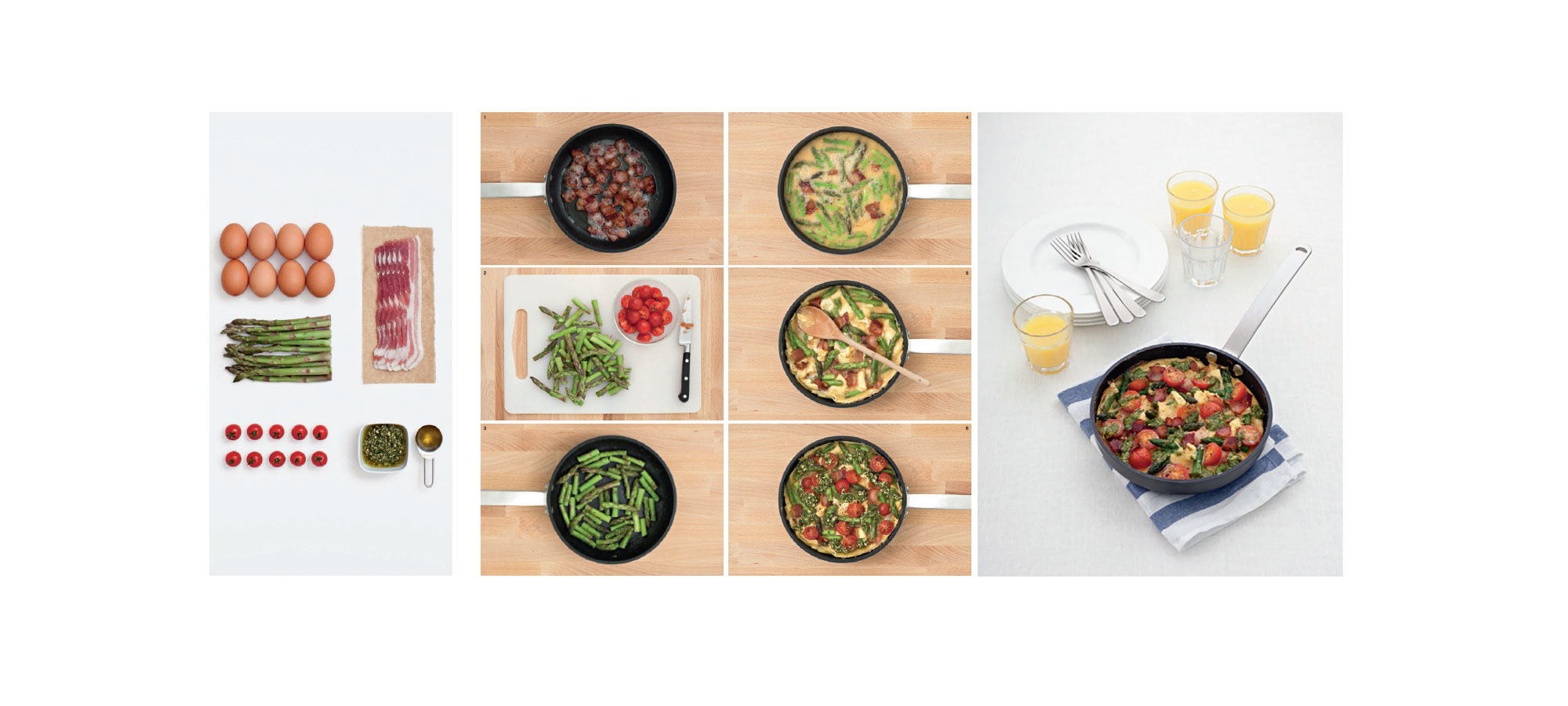 How to make Jane Hornby's asparagus and bacon frittata
How to make Jane Hornby's asparagus and bacon frittataThis delicious recipe ideal for an indulgent weekend brunch comes from Jane Hornby's latest cookery book.
-
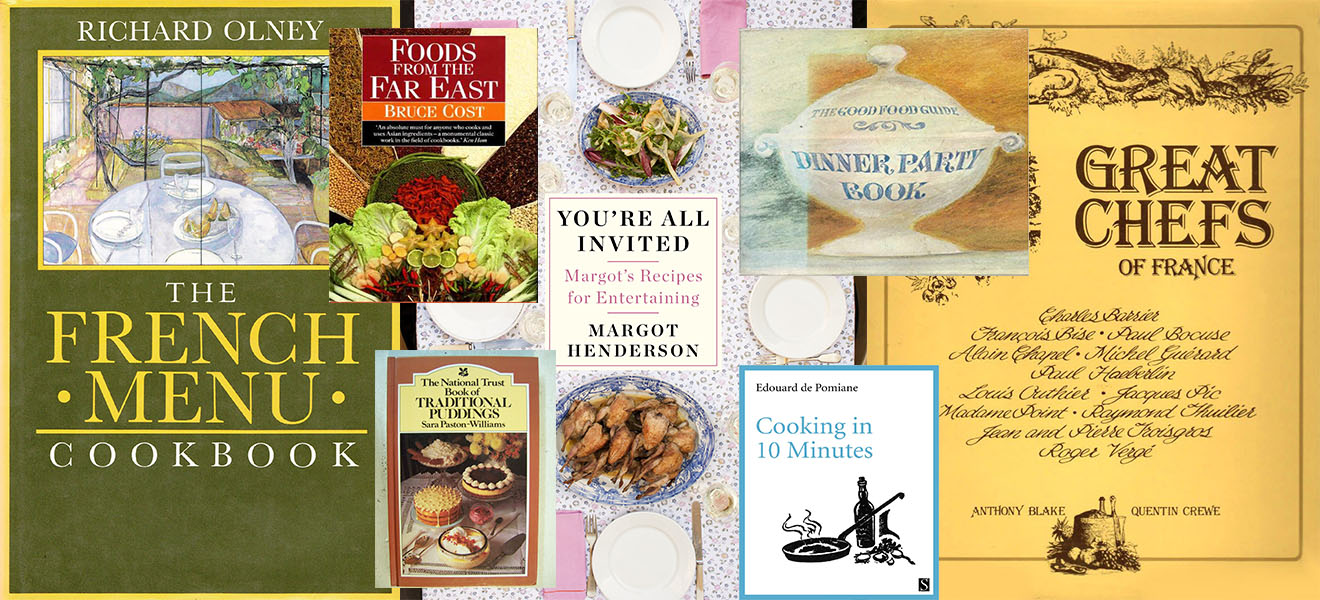 Simon Hopkinson's top ten cookbooks, from The French Menu to Food from the Far East
Simon Hopkinson's top ten cookbooks, from The French Menu to Food from the Far EastClear some shelf space because Country Life’s resident chef Simon Hopkinson, author of the award-winning Roast Chicken and Other Stories, has picked his all-time favourite cookbooks and their standout recipes.
-
 11 cookbooks to inspire you to try something new in 2019
11 cookbooks to inspire you to try something new in 2019Publishers and authors, it seems, have got weary of the old cookery-book formula of lots of recipes and pretty pictures. Leslie Geddes-Brown selects some different offerings.
-
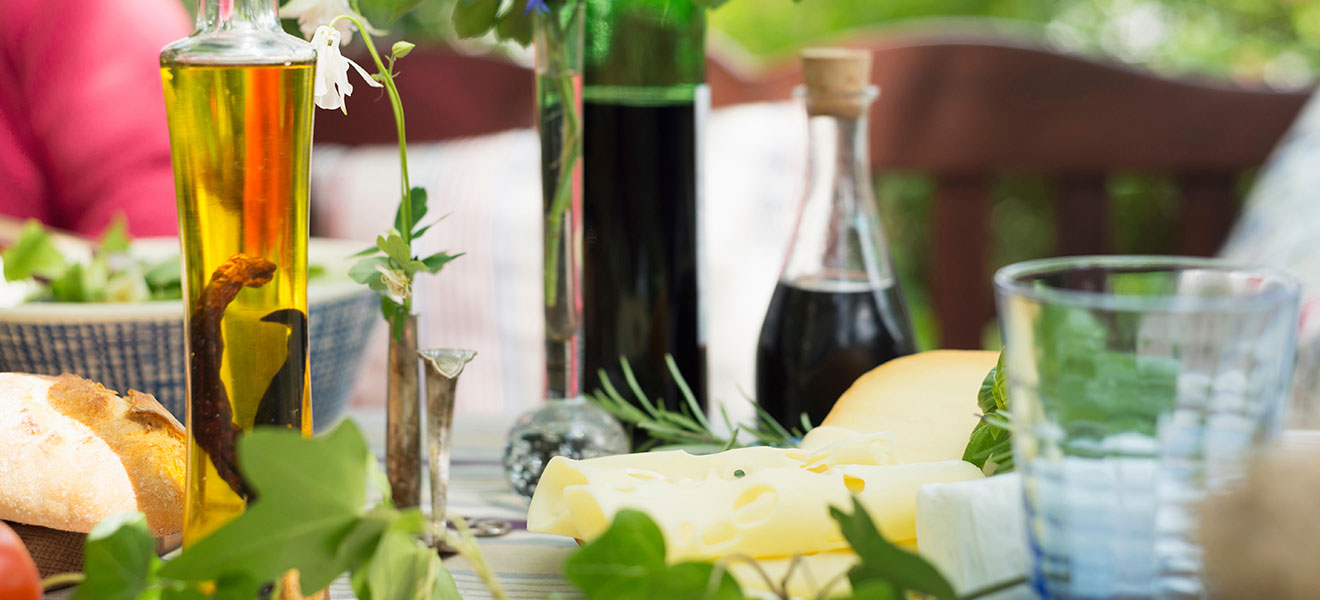 Six sublime cookbooks to help you make perfect Italian food
Six sublime cookbooks to help you make perfect Italian foodNo fewer than six new Italian food cookbooks are out this summer – which one should you get?
